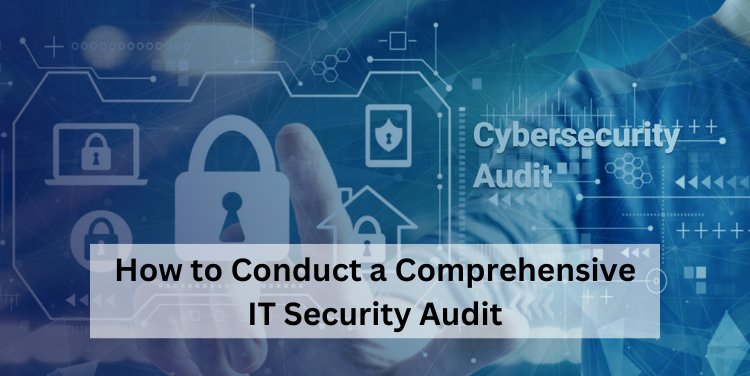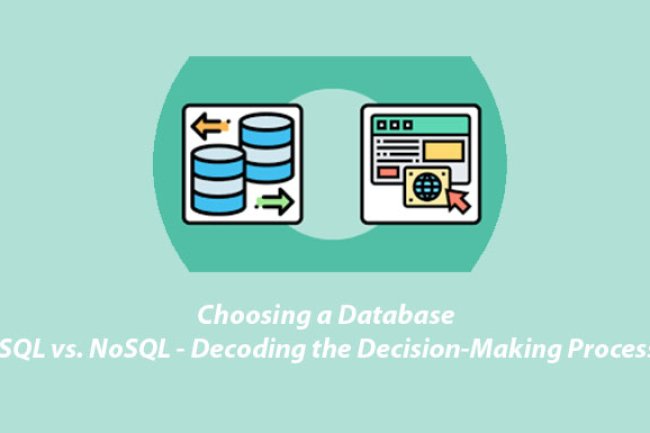How to Conduct a Comprehensive IT Security Audit

In today’s digital landscape, protecting an organization’s IT infrastructure from cyber threats is critical. Conducting a comprehensive IT security audit ensures that vulnerabilities are identified, mitigated, and that systems comply with industry regulations. Here’s a step-by-step guide to performing an IT security audit effectively.
What Is an IT Security Audit?
An IT security audit is a systematic evaluation of an organization’s IT systems, policies, and procedures to assess the security of its infrastructure. The goal is to identify potential risks, vulnerabilities, and ensure compliance with cybersecurity standards like GDPR, HIPAA, or ISO 27001.
Steps to Conduct an IT Security Audit
1. Define the Scope of the Audit
Clearly outline what the audit will cover. This could include networks (LAN, WAN, and VPNs), hardware (servers, workstations, and IoT devices), applications (websites, software, and cloud systems), data (sensitive files and databases), and security policies and compliance protocols. A well-defined scope ensures that resources are allocated effectively and critical systems are prioritized.
2. Gather Required Documentation
Compile all relevant documents, including security policies and procedures, network architecture diagrams, user access control lists, incident response plans, and previous audit reports. This documentation helps auditors understand the current setup and past vulnerabilities.
3. Assess Current Security Policies and Procedures
Review existing security measures to evaluate their effectiveness. Questions to ask include: Are password policies enforced? Is multi-factor authentication implemented? Are regular backups performed and securely stored? Are employees trained on cybersecurity best practices?
4. Identify and Categorize Assets
Create a comprehensive inventory of IT assets, including hardware (computers, servers, and mobile devices), software (operating systems, applications, and databases), and data (confidential and operational information). Categorize assets based on their importance to the organization and the level of risk they face.
5. Perform Vulnerability Assessments
Use automated tools and manual techniques to identify vulnerabilities. Tools like Nessus (for vulnerability scanning), Wireshark (for network monitoring), and Metasploit (for penetration testing) help detect outdated software, open ports, misconfigurations, and other potential weak points.
6. Conduct Penetration Testing
Simulate real-world cyberattacks to evaluate the effectiveness of existing defenses. Penetration testing helps uncover weaknesses in firewalls and intrusion detection systems and susceptibility to phishing attacks.
What's Your Reaction?















